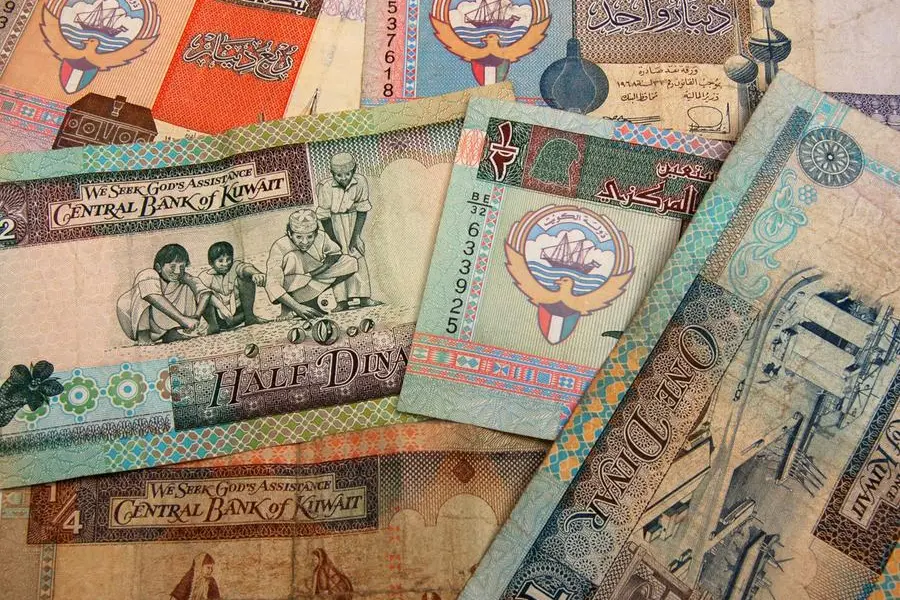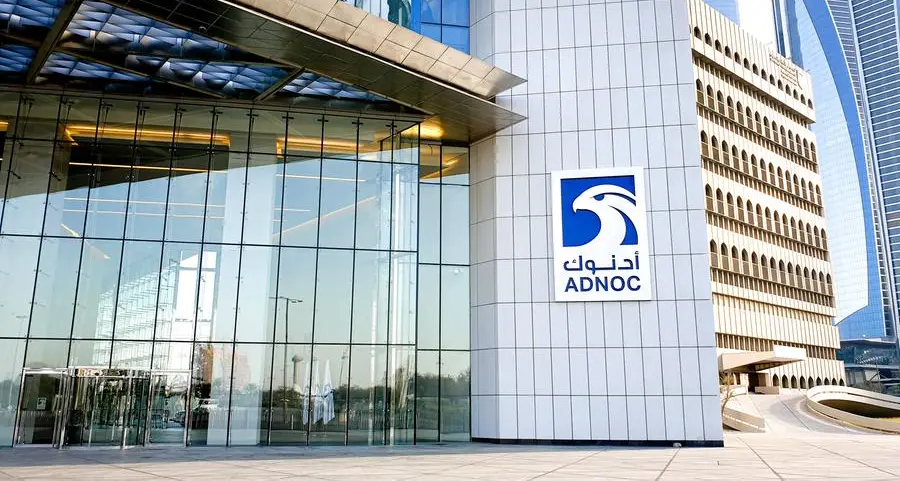Dubai, UAE, 3 February 2009 - Google today announced Ocean in Google Earth, a new feature that enables users to dive beneath the water surface, explore 3D underwater terrain and browse ocean-related content contributed by marine scientists.
The world's oceans cover more than 70% of the planet's surface and contain 80% of all life on Earth, yet only 5% of that space has ever been explored by humans. Ocean in Google Earth combines underwater terrain and expert content to enable users to explore some of the most difficult-to-reach parts of the world. Virtual travellers can swim around underwater volcanoes, watch videos about exotic marine life, read about nearby shipwrecks and contribute photos and videos of favourite surf and dive spots.
The Ocean feature is included in the newest version of Google Earth. As users zoom in on the ocean they will see a dynamic water surface. By diving beneath they can navigate 3D sea floor terrain including the Mid-Ocean Ridge, the world's longest underwater mountain range which stretches 50,000 km around the globe. The feature also includes 20 content layers, containing information contributed by the world's leading scientists, researchers, and ocean explorers. These layers include:
"Explore the Ocean" containing photos and videos about ocean hot spots around the world contributed by over 80 individuals and organizations
Marine Protected Areas including information on Australia's Great Barrier Reef
Animal Tracking: follow satellite tagged sea animals like whales
Dead Zones, Seafood Watch and Fish to Eat which provide information about the harmful impact of overfishing and how you can help
Cousteau Ocean World - watch videos from the archives of famous ocean explorer Jacques Cousteau including never-before-seen footage of historic ocean expeditions.
The new feature was developed in close collaboration with oceanographer and Explorer in Residence at the National Geographic Society, Sylvia Earle, and an advisory council of leading ocean advocates and scientists:
"I cannot imagine a more effective way to inspire awareness and caring for the blue heart of the planet than the new Ocean in Google Earth, " said Sylvia Earle. "For the first time, everyone from curious kids to serious researchers can see the world, the whole world, with new eyes. In a stroke, Google Earth brings life and character to the blue part of the planet, and makes obvious the many ways land, water, atmosphere and living systems connect. Many 'aha!' moments are sure to come as people discover new patterns, new correlations, and countless personal discoveries while vicariously diving into the waters of the world."
"With this latest version of Google Earth you can not only zoom into whatever part of our planet's surface you wish to examine in closer detail, you can now dive into the world's ocean that covers almost three-quarters of the planet and discover new wonders that had not been accessible in previous versions of this magical experience," said The Honorable Al Gore at this morning's launch event in San Francisco. "Moreover, with the new historical imagery feature, you can look back in time and see for yourself the unprecedented pace of change taking place on the Earth -- largely because of human influences. For example, you can watch the melting of the largest glacier in Glacier National Park--the Grinnell Glacier--image by image, for the last decade."
Google CEO Eric Schmidt said, "In discussions about climate change, the world's oceans are often overlooked despite being an integral part of the issue. About one-third of the carbon dioxide that we emit into the atmosphere ends up in the oceans. Furthermore, biodiversity loss in our oceans in the next 20-30 years will be roughly equivalent to losing an entire Amazon rainforest, but this goes unnoticed because we can't see it. This is why today's launch of Google Earth 5.0 is so important - it gives us an opportunity to change everyone's perspective."
Other new features in Google Earth 5.0
In addition to Ocean, we have been working hard to introduce other useful tools for Google Earth users. These include:
Virtual Time travel: revisit the past and observe changes in areas where historical satellite imagery is available. See the construction of Germany's soccer stadiums in the build up to the 2006 World Cup, witness the desertification of Africa's Lake Chad and track the melting of ice on the Grinnell Glacier in Montana
Mars 3D is the latest stop on Google's virtual tour of the galaxy. Users can travel to Mars with the click of a button and see high resolution imagery and 3D terrain.
Touring: Create narrated tours of imagery and content in Google Earth
GPS Tracking: Upload tracks from GPS devices (including many Garmin, Magellan, and NMEA-compatible devices) to Google Earth, making it easy to visualise and record running, hiking and biking routes
Google Earth 5.0 is now available in 40 languages (previously 26):English, French, Italian, German, Spanish (Spain), Spanish (Latin America), Dutch, Simplified Chinese, Traditional Chinese, Japanese, Korean, Portuguese (Brazil), Russian, Polish, Turkish, Thai, Arabic, Swedish, Finnish, Danish, Portuguese (Portugal), Romanian, Hungarian, Hebrew, Indonesian, Czech, Greek, Norwegian, Vietnamese, Bulgarian, Croatian, Lithuanian, Slovak, Filipino, Slovenian, Serbian, Catalan, Latvian, Ukrainian, and Hindi.
To download Google Earth for free visit http://earth.google.com/
-Ends-
About Google Earth
Google Earth combines satellite imagery, maps and the power of Google's search service to make the world's geographic information easily accessible and useful. There have been over 500 million unique downloads of Google Earth since the product's launch in June, 2005. Google Earth can be downloaded for free at http://earth.google.com/.
About Google Inc.
Google's innovative search technologies connect millions of people around the world with information every day. Founded in 1998 by Stanford Ph.D. students Larry Page and Sergey Brin, Google today is a top web property in all major global markets. Google's targeted advertising program provides businesses of all sizes with measurable results, while enhancing the overall web experience for users. Google is headquartered in Silicon Valley with offices throughout the Americas, Europe and Asia. For more information, visit www.google.com.
For more information, please contact:
Mohammad Zaher
Consultant
Impact Porter Novelli, for Google
m.souleiman@ipn.ae
+971 40 330 4030
Joanne Kubba
Google
Global Communications and Public Affairs Manager,
Middle East and North Africa
Jkubba@google.com
© Press Release 2009



















